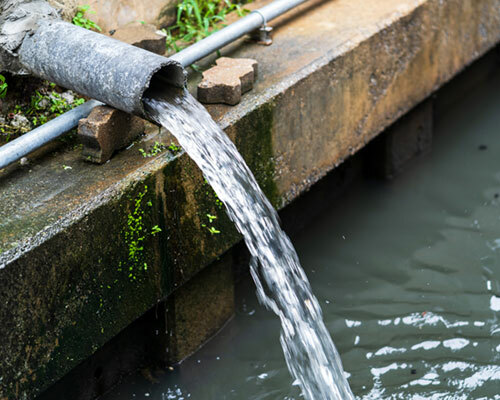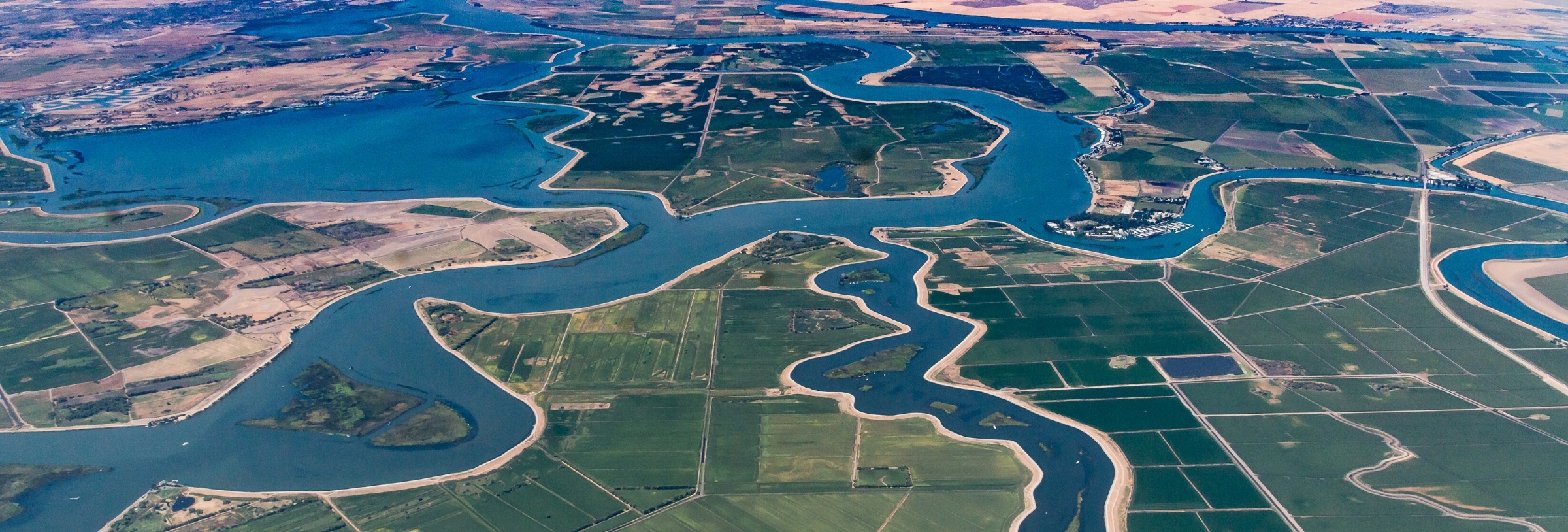
On November 21, 2023, the Ninth Circuit Court of Appeals issued its decision in Cottonwood Environmental Law Center vs. Edwards addressing various Clean Water Act issues. Its two key holdings were that (1) the district court did not err when it rejected plaintiff’s direct discharge theory and (2) the district court did err when it held that plaintiff did not provide sufficient notice.
Direct vs. Indirect Discharge
Defendant Big Sky Water and Sewer District (Big Sky) operates three lined holding ponds to store treated effluent outside of the irrigation season. It also installed an “underdrain,” i.e., a series of pipes that collect groundwater, under two of those ponds. That underdrain, which is not connected to the ponds, collects groundwater that leaks from the ponds and sends it to a wetland and then the water goes to the West Fork of the Gallatin River (West Fork). It was undisputed that the leaking water would reach the West Fork even without the underdrain.
Plaintiffs sued Big Sky for violating the National Pollution Discharge Elimination System (NPDES) requirements under the Clean Water Act. The district court ultimately held on a motion for summary judgment that plaintiffs could not continue their claim against Big Sky based on a claim of a direct discharge because the leakage had to move through an aquifer before reaching the underdrain. Instead, plaintiffs could only continue on an indirect discharge theory as provided for in Cnty. of Maui v. Haw. Wildlife Fund, 140 S. Ct. 1462 (2020), which held that a defendant could be held liable for indirect discharges only if they were the “functional equivalent” of direct discharges. After the jury found for Big Sky on the indirect discharge theory, plaintiffs appealed.
Reviewing the facts, the Ninth Circuit held that the District Court correctly held that the underdrains were not point sources because they did not transport pollutants between “meaningfully district water bodies.” It then, relying on precedent, held that the foregoing test applied even though the water bodies were not navigable. The Court then held that Maui’s indirect discharge test was the proper framework here. As a result, it affirmed the trial court’s decision.
Notice Requirements
In the middle of the briefing for the case, the District Court, sua sponte, suggested that the owner of the golf course served by the ponds, Boyne USA, Inc. was the proper defendant for plaintiffs’ claims related to discharges through the golf course’s irrigation system. A few days later, plaintiffs sent the required Clean Water Act notice letter to Boyne and, after the notice period passed, included Boyne as a defendant.
After the trial, Boyne moved to dismiss the complaint against it on the basis that the notice letter was insufficient. The trial court agreed and dismissed the complaint due to lack of subject matter jurisdiction (due to flawed notice letter).
On appeal, Boyne claimed that the dismissal was proper because the notice letter only focused on direct discharges rather than indirect discharges. The Ninth Circuit disagreed, holding that the notice in the letter was sufficient to meet the goals of that letter under the Clean Water Act. Although the letter did include direct discharge allegations, it also included numerous facts supporting the claim of indirect discharges and discussed the Maui factors for indirect discharges. As a result, the Ninth Circuit reversed the District Court’s dismissal of the complaint as against Boyne.
- Associate
Alex Van Roekel provides counsel to clients on state and federal water law issues, including compliance with statutory and regulatory requirements, litigation strategy in both state and federal court and public policy within the ...
California Water Views provides timely and insightful updates on the water sector in the state. We relay information on how water legislation and policy from the nation’s capital, Sacramento, and around the U.S. affect California’s water utilities, agencies, practitioners, and consumers. We also write about important events, conferences, legal cases, and other key happenings involving all things water in and around California.
Stay Connected
 RSS Feed
RSS Feed
Categories
- Clean Up of Groundwater & Contaminated Media
- Climate Change
- Coastal Development
- Construction
- COVID-19
- Dam Construction, Operation & Removal
- Desalination
- Environmental Protection Agency
- Events
- Government Administration
- Groundwater Management & SGMA
- Inverse Condemnation & Regulatory Takings
- New Legislation
- Oceans, Marine Life & Maritime Transportation
- Project Construction
- Projects
- Public Agency Regulation
- Recycled Water
- Regulatory Reform & Proposed Rules
- Right to Take
- Valuation
- Water Infrastructure
- Water Litigation
- Water Quality
- Water Rights
- Water Supply
- Water Utility Regulation

